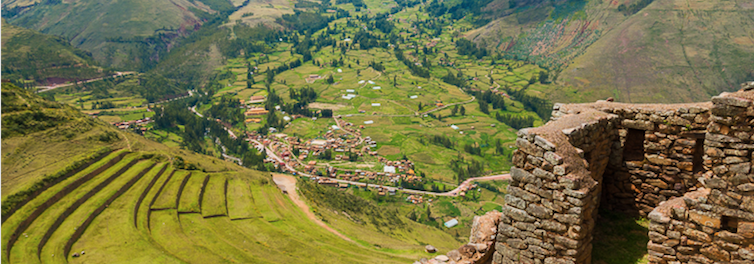Concerned about Coronavirus? Click here.
Inca History in Peru
By Sarah Dean
If you get the chance to come with us to Peru, you can pack in 500 years of history into your experience. The Sacred Valley of Peru has several breathtaking Inca ruins and archaeological sites still standing today which allows us to assemble the history of the ancient civilisation that came before us. These spaces reveal the innovation, power and resourcefulness that the Incas had.
Who were the Incas?
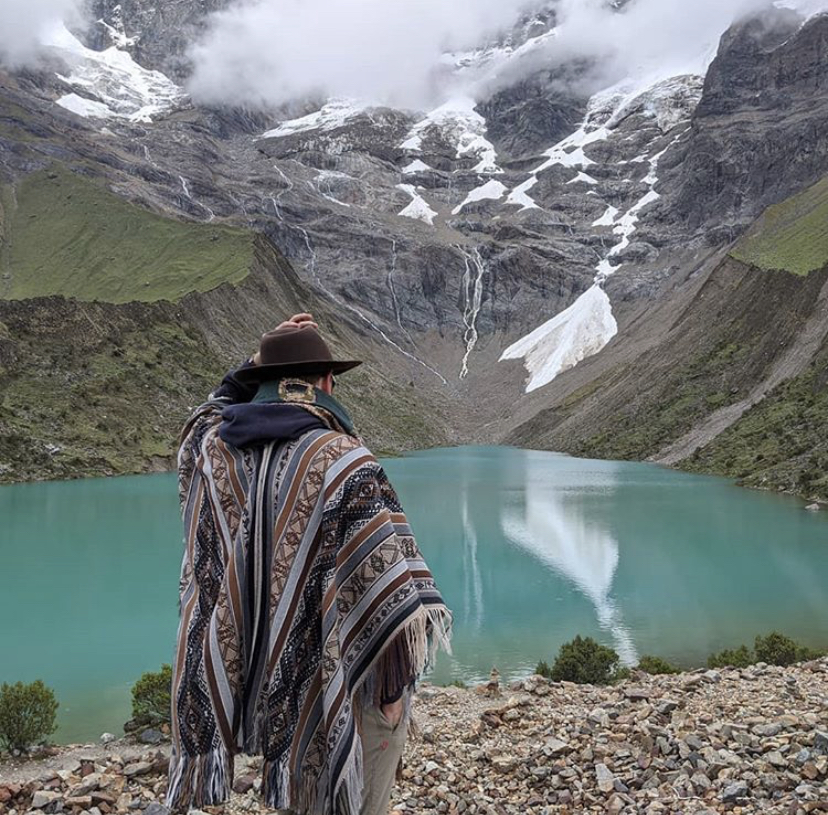
The Incas were a civilisation made up of ethnic Quechua people. During 1400AD the Incas were just a small tribe located in the highlands of Peru but in the early 16th century they conquered and rose to control the biggest empire; creating the Inca Empire. The capital of their empire resided in the city of Cusco, Peru and reached Ecuador in the north, Bolivia in the east, Chile in the south and stopped at the Pacific Ocean in the west.
Inca society was ruled by the Emperor by divine right. He was a descendant of the sun addressed by either "Chief Inca," "Son of the Sun," and "Lover of the Poor." Inca stands for ruler or Lord in Quechua. Beneath him there was the noble class which came from Cusco from the original Inca tribe, but as the empire grew there was a need for more nobles. So, a second class of nobles was formed which was made up of men of ability and each class wore ear ornaments to separate them from the citizens.

The native dialect of the Incas of Cusco was Quechua which expanded over time to unify the empire. It is still today the most commonly spoken language in the Americas.
Inca Civil War and Spanish Conquest
In July 1529 the Queen of Spain signed a charter which allowed Spanish conquistador Francisco Pizarro to conquer the Incas. Upon their arrival to South America, diseases such as smallpox, measles and influenza spread as they had been common amongst Europeans for centuries. The then Chief Inca, Sapa Inca Huayna Capac, and his heir contracted smallpox and died. A war of succession between two of Sapa Inca’s sons, Huáscar and Atahualpa, created unrest, weakening the empire.
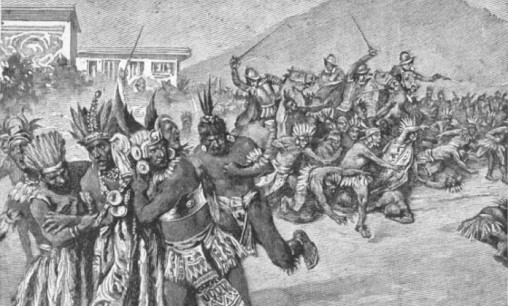
Huáscar was seen as the eldest pure son, as his parents were both siblings. In their culture this was seen as the only way to keep the bloodline pure. Huáscar was further supported by the nobility in Cusco, religious authorities and other political figures. After the throne was claimed by Huáscar, he accused his half-brother of rebellion and the Inca Civil War erupted. Atahualpa defeated his brother and was left with a weakened empire and had to face the Spanish.
The battle of Puńa was the first conflict between the Spanish and Incas. The Incas used weapons made of wood which were unable to penetrate the Spanish armour. Furthermore, due to the lack of horses in the Americas, the Incas had not strategized tactics to fight the Spanish cavalry. The Inca and his empire were requested to accept the rule of King Charles I and take on the beliefs of Christianity.
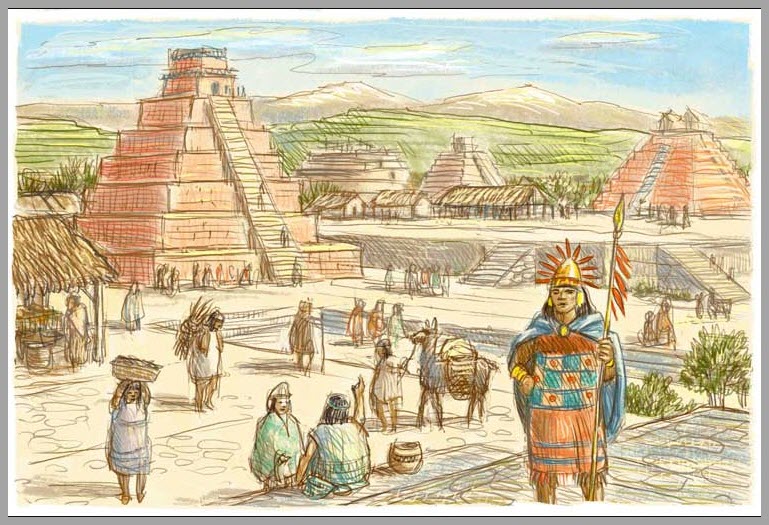
With the death of the last Inca Empire, this marked the end of 300 years of Inca civilisation. The Spanish conquered Cusco and after took the rest of the empire. After decades of the Spanish having their own internal problems, where Pizarro was murdered and the Spanish slowly established a stable colonial government. Leaving behind the ancient beautiful ruins of the Inca people.
Inca Ruins
Machu Picchu
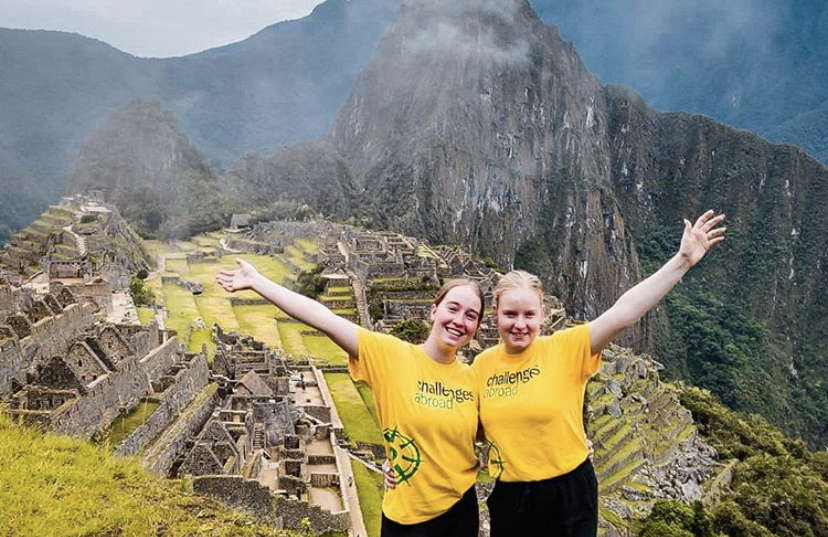
Machu Picchu is the most famous and well-preserved Inca structure in Peru. Seeing Machu Picchu in the flesh truly captures the amazing work of the Inca people and appreciate their civilisation. Surrounded by green mountains, it is a sight and experience no photos can quite prepare you for. Take yourself back centuries and come on our Machu Picchu Challenge!
Pisac
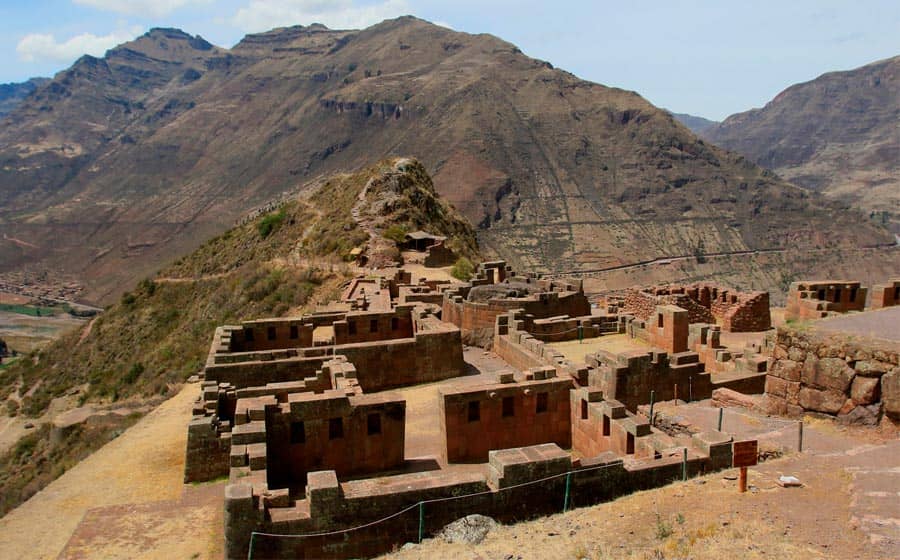
Located cleverly at a hilltop in the east of the Sacred Valley, is the Inca town of Pisac. Once made up of the Temple of Sun, the Temple of Heaven, military stations and areas for the purpose of astronomy and sacrifices to a now small but thriving town with in the largest and most colourful markets.
Moray (Maras)
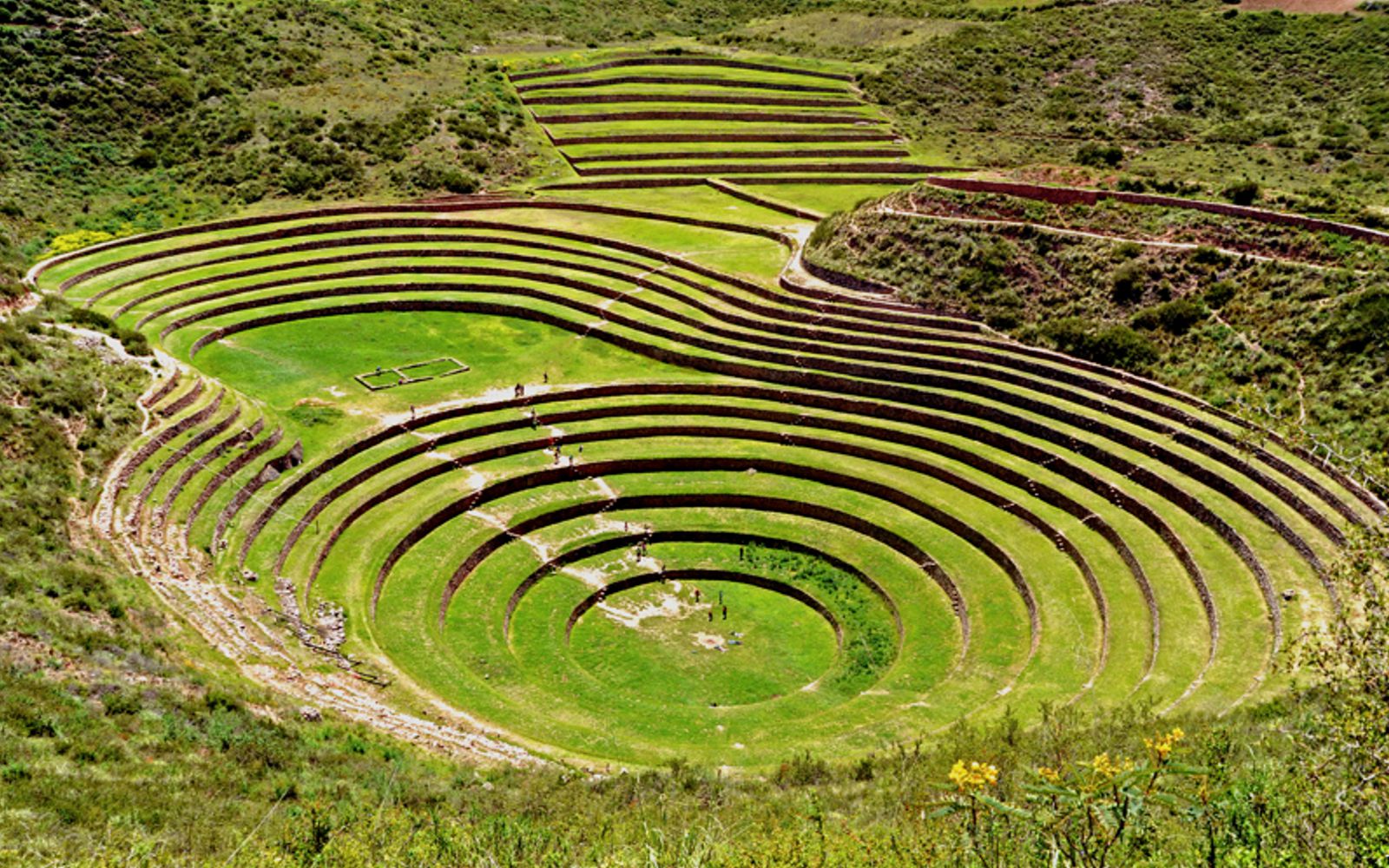
Found in the heart of the Sacred Valley, Moray is an extremely remarkable and ingenious landmark to visit on a day trip. It highlights the Inca’s aptitude for creating structures to help their civilisation thrive. Known as the ‘rings of Moray’ the terracing allowed for a variety of crops to grow at different levels. This is because the levels of shade and sun would change, modifying the altitude and temperature.
Coming on a journey with us not only will you be helping the communities we support all year round, but you’ll learn so much history and culture. You have the opportunity to get amongst locals and learn the ancient history of the world we live in. If this is something you want to learn more about, get in contact with us today and see what challenge is best for you!





